Dashboards are at the heart of any business strategy. But how do you turn them into useful information?
In an increasingly competitive business environment digitised and data-drivenThe ability to make strategic decisions based on relevant information has become a key factor for success.
Businesses generate an immense amount of data on a daily basis - from web traffic to sales revenue to the effectiveness of marketing campaigns. However, having data is not enough; it needs to be interpreted in an effective manner so that they really add value.
This is where dashboards come into play, tools that allow key performance indicators (KPIs) to be collected, analysed and visualised in a clear and accessible way.
In this article, we will explore in depth what dashboards are, why they are essential for any business and how to implement them effectively.

🚀 What is a dashboard and why is it essential?
A scorecard is a management tool that makes it possible to visualise, in a single interface, the key information of a company. Its objective is to facilitate decision-making by to present real-time data in a clear, visual and structured way.
Dashboards can be integrated with different sources of information, such as databases, digital marketing tools, sales systems, social media platforms and more. In this way, managers can access up-to-date information without the need to constantly generate manual reports.
There are different types of dashboardsdepending on the intended use:
🔹 Strategic Scorecard
It is used by executives and managers to assess the general state of the company. It includes key metrics such as revenues, costs, profitability and long-term growth.
🔹 Operational dashboard
It focuses on the daily performance of each area. It may include information on production, delivery times, incidents or efficiency of work teams.
🔹 Analytical dashboard
It allows for a in-depth data analysisidentify trends and detect patterns that help to optimise strategies.
🔹 Tactical scoreboard
It is used by managers of specific departments, such as marketing, sales or customer service, to monitor performance metrics and adjust strategies in real time.
🎯 How does a scorecard work?
The functioning of a scorecard is based on data collection, processing and visualisation. Let's see how this process occurs:
1️⃣ Data collection → The dashboards are connected to different sources of information (databases, CDP, CRM, marketing tools, etc.).
2️⃣ Processing and analysis → Data is organised and transformed into metrics and key performance indicators (KPIs).
3️⃣ Visualisation → The information is presented in graphs, tables and widgets that make it easy to interpret the data.
4️⃣ Monitoring and updating → The dashboards work with real-time data or with scheduled updates.
By implementing a well-designed dashboardIn this way, companies can access accurate data and make strategic decisions based on real information, rather than assumptions.
🔑 Essential characteristics of an efficient dashboard
For a balanced scorecard to be truly useful, it must meet certain requirements key features:
Visual clarity
A good dashboard should be easy to understand at a glance. Intuitive graphics, distinctive colours and a clean design are essential for this.
💡 TIP: Use bar or line graphs to represent trends and avoid overloading the screen with too much information.
🎯 2. Focus on relevant KPIs
Not all data are equally important. A effective scorecard focuses on key KPIs for the business, avoiding irrelevant metrics.
⏳ 3. Real-time information
The updated data allows make quick and accurate decisions. Therefore, dashboards should work with live information or at least with frequent updates.
🔄 4. Customisation and flexibility
Every company has different needs, so a good scorecard needs to be able to adapt to the specific objectives of each team or work area.
📊 5. Interactivity and dynamic filters
An interactive dashboard allows users to filter information by date, category or data type, making analysis more accurate.
📌 Benefits of implementing a scorecard in your company
Using a balanced scorecard brings multiple benefits to companies:
📊 1. Data-based decision making
By visualising key information in real time, managers can make better strategic decisions.
⏳ 2. Saving time and automation
Dashboards eliminate the need for manual reporting, allowing teams to focus on more strategic tasks.
🎯 3. Monitoring of objectives and performance
They allow to evaluate the achievement of goals and to detect areas for improvement within the company.
📈 4. Identifying trends and opportunities
Thanks to predictive analytics, dashboards can anticipate problems and detect business opportunities.
🔍 5. Increased transparency and team alignment
They facilitate communication and access to key information, ensuring that all departments work in alignment towards the same goal.
🏆 Top 3 tools to create dashboards
If you want to implement a dashboard in your company, these are three of the best tools available:
🔷 Power BI (Microsoft)
✔️ Powerful and intuitive platform.
✔️ Integration with Excel and other Microsoft products.
✔️ Advanced analytical capabilities with artificial intelligence.
🌐 Google Data Studio (Looker Studio)
✔️ Free tool from Google.
✔️ Integration with Google Analytics, Sheets and more.
✔️ Easy collaboration and sharing of reports.
📊 Tableau (Salesforce)
✔️ Leading data visualisation software.
✔️ Connection to multiple databases.
✔️ Advanced forecasting and analysis functionalities.
🔚 Conclusion
Dashboards have gone from being a optional extra to an indispensable tool in the business world. Its ability to transforming data into actionable information enables companies to operate more efficiently and competitively.
If you are not yet using a dashboard in your business, now is the ideal time to implement one. Before you do, remember:
✅ Define what data you need to visualise.
✅ Choose the Key KPIs for your business.
Use tools that integrate with your digital ecosystem.
✅ Make sure that the control panel is easy to understand and use.
A well-designed scorecard will allow you to to have full control over your business, optimise strategies and make better decisions..
📢 Does your company already use dashboards?





